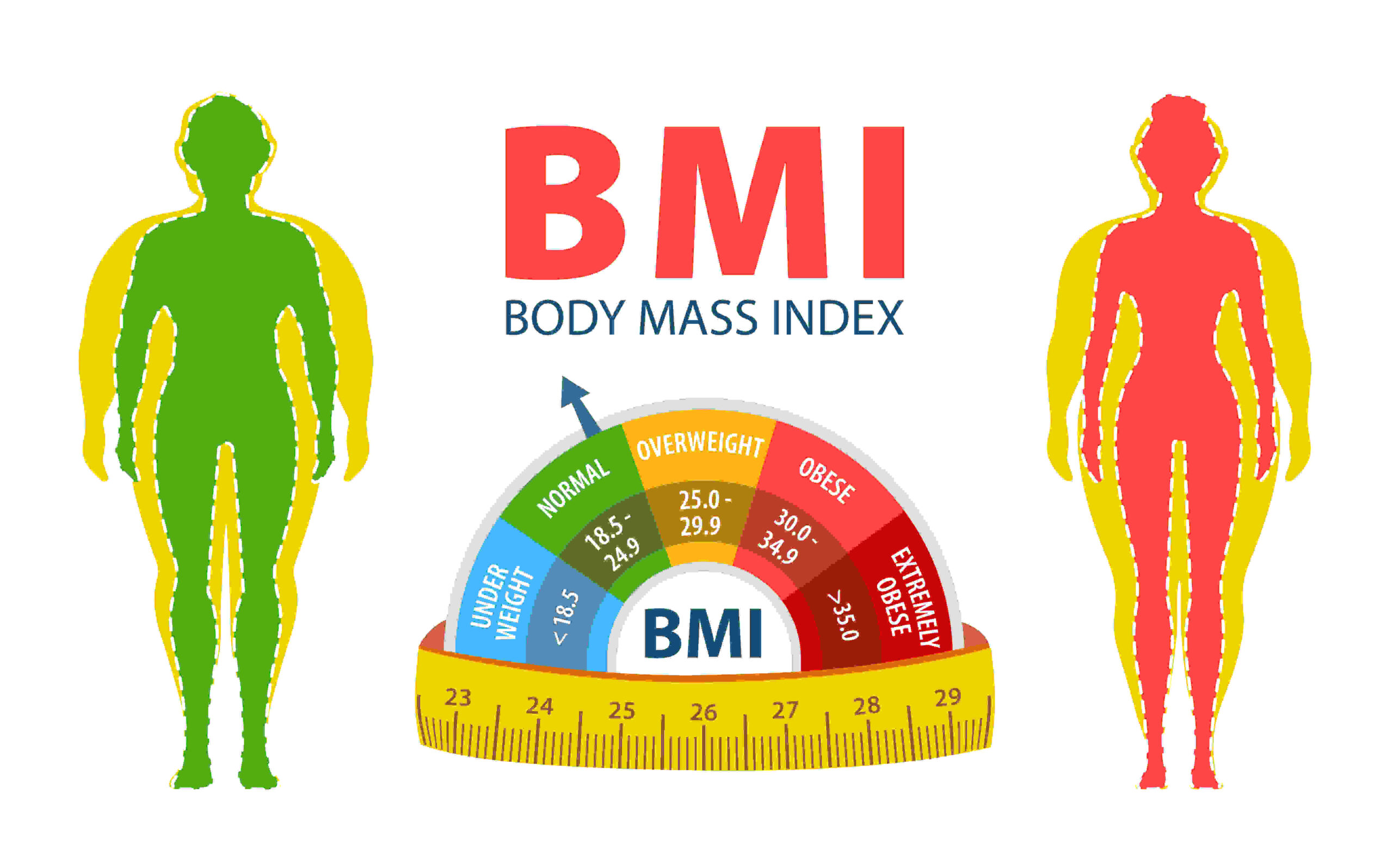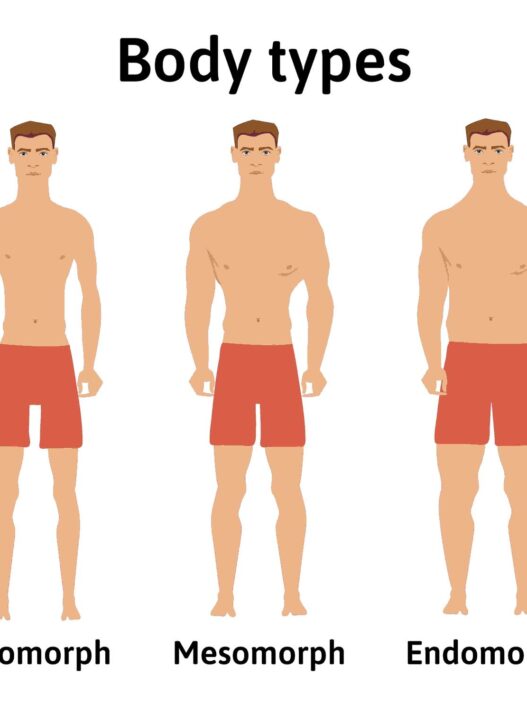What is Functional Threshold Power (FTP)?
Functional Threshold Power (FTP) is a critical metric for cyclists as it measures their ability to sustain maximum power output over a long period. FTP for the bike is usually measured in watts and represents the power output that a cyclist can sustain for one hour without exceeding their lactate threshold. In other words, it’s the maximum effort you can put out for an extended period without feeling fatigued. Increasing your FTP can help you become a stronger cyclist, ride faster, and perform better in races and events. Below are a few tips on how to increase your bike FTP.
How to increase bike FTP?
Below are a few tips to help increase your bike FTP or your bike’s functional threshold power:
1. Consistency
Consistency is key when it comes to increasing your FTP. You should follow a regular training schedule and aim for sufficient training volume each week. This can help you build up your endurance and increase your FTP over time. A gradual increase in the volume and intensity of your training can help you achieve your goals without overexerting your body.
2. Interval Training
Incorporate interval training into your cycling workouts. This can include efforts at or near your FTP, as well as shorter, high-intensity intervals to improve your anaerobic capacity. Incorporating interval training into your cycling workouts can help you increase your FTP and improve your overall performance.
3. Progressive Overload
Gradually increase the volume and intensity of your training over time. This can help you build up your endurance and increase your FTP.
4. Proper Nutrition
Proper nutrition is essential for performance and recovery. The right nutrition provides the body with the fuel it needs to perform at its best, as well as the nutrients necessary for recovery and repair. Carbohydrates, protein, and healthy fats are all important macronutrients that should be included in a balanced diet. In addition, vitamins and minerals are crucial micronutrients that help to support overall health and well-being.
Carbohydrates are the primary source of energy for the body, and they are especially important for athletes and individuals engaging in high-intensity exercise. Protein is essential for muscle repair and growth, and it is important for maintaining healthy bones, skin, and other tissues. Healthy fats, such as those found in nuts, seeds, and fish, are important for brain health, hormone production, and reducing inflammation in the body.
5. Rest and Recovery
Rest and recovery are just as important as training. Make sure you are getting enough sleep, taking rest days, and allowing your body to recover after hard workouts.
6. Consistent Testing
Regularly test your bike FTP to track your progress and adjust your training accordingly. You can do this through field tests or using a power meter or smart trainer to perform a functional threshold power test or FTP test for your bike.
Increasing your bike FTP takes time and consistent effort. Be patient and persistent, and you will see improvements over time.
Why use interval training?
Interval training can have a significant impact on the energetic pathways of the body. The body has three primary energy systems which are: the phosphagen system, the glycolytic system, and the oxidative system. Each system provides energy to the body in different ways, and interval training can stimulate all three systems, leading to improved energy production and utilization.
1. Phosphagen System
The phosphagen system provides energy to the body for short, intense bursts of activity, such as sprinting or weightlifting. During these activities, the body uses creatine phosphate to produce ATP, the primary energy source for cells. Interval training that includes short, intense efforts can stimulate the phosphagen system and improve the body’s ability to produce ATP quickly.
2. Glycolytic System
The glycolytic system provides energy to the body during moderate to high-intensity activities that last longer than a few seconds. During these activities, the body breaks down glycogen, a stored form of glucose, to produce ATP. Interval training that includes efforts of 30 seconds to a few minutes can stimulate the glycolytic system and improve the body’s ability to produce and utilize glycogen.
3. Oxidative System
The oxidative system provides energy to the body during low to moderate-intensity activities that last for more than a few minutes. During these activities, the body uses oxygen to break down carbohydrates, fats, and proteins to produce ATP. Interval training that includes longer efforts of several minutes to an hour can stimulate the oxidative system and improve the body’s ability to utilize oxygen and produce ATP from various sources.
Interval training can stimulate all three energy systems and improve the body’s ability to produce and utilize energy. This can lead to improved athletic performance, increased endurance, and better overall health and fitness.
Below is an example of an interval training plan that you could follow to improve your FTP –
Weeks 1-2:
- Day 1: 60-minute ride with 3 x 8-minute intervals at 95% of FTP with 3 minutes of rest between each interval.
- Day 2: 45-minute ride with 2 x 12-minute intervals at 90% of FTP with 4 minutes of rest between each interval.
- Day 3: 75-minute ride with 4 x 5-minute intervals at 100% of FTP with 2 minutes of rest between each interval.
Weeks 3-4:
- Day 1: 60-minute ride with 2 x 15-minute intervals at 95% of FTP with 3 minutes of rest between each interval.
- Day 2: 45-minute ride with 3 x 10-minute intervals at 100% of FTP with 3 minutes of rest between each interval.
- Day 3: 90-minute ride with 3 x 12-minute intervals at 90% of FTP with 4 minutes of rest between each interval.
Weeks 5-6:
- Day 1: 75-minute ride with 2 x 20-minute intervals at 95% of FTP with 3 minutes of rest between each interval.
- Day 2: 60-minute ride with 3 x 12-minute intervals at 105% of FTP with 3 minutes of rest between each interval.
- Day 3: 105-minute ride with 3 x 15-minute intervals at 90% of FTP with 5 minutes of rest between each interval.
You can adjust the duration and intensity of the intervals to fit your needs and schedule. Remember to increase the intensity and volume of your training gradually and consistently over time to avoid injury or burnout.

Dr. Adil Houari, MD, MSc, MBA is a physician specializing in sports medicine, with a passion for helping athletes achieve their goals while maintaining their health and well-being. With years of experience as an athlete (triathlete) and physician, he has developed a keen eye for identifying potential issues and providing targeted interventions to keep athletes performing at their best. His expertise in sports medicine allows him to provide holistic care to individuals of all levels, from weekend warriors to professional athletes.











